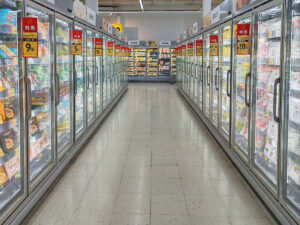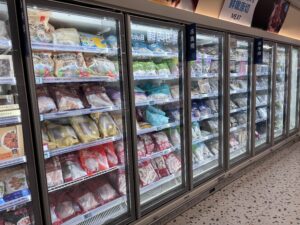Светодиодный лампе але светодиодный волгалтарыме электровоштыр, волгыдым луктеш, волгыдо-эмитировать диод-влакым кучылтын . (Светодиод). Энергетик-ан приложений утларак тудын пайдаже .. Ошондой, Кузе ыштен шотлаш светодиодный пайдалыкше .? Светодиодный лампын чумыр пайдалыкше чыла компонент-влакым пуртымо .. Тиде чӱчкыдын тыге маналтеш кӱвар-пырля пайдалыкше ..
Температур светодиодный эше ик чӱчкыдын недооценивать влиянийым ыштен пайдалыкше .. Светодиодный паша температур мыняр изирак, сай тудын пайдалыкше да тыге пайдалыкше .. Сай теплоуправленийыште волгыдо источникыште светодиодный гыч шӧртньӧ шокшым шалаташ йӧным пуа ыле гын, йырым-йырысе пӱртӱс ..
Кызыт, айста ончалына, кушто йомдарымаш-влак лийыт. Светодиодный лампе тӱрлӧ компонент уло, кушто йомдарымаш лийын кертеш .. Шукыж годым, тиде тыгай компонент-влак .:
Водитель электронике .; Диодныйым лукшо волгыдо .(s); Оптик.
Драйвер электронике але кочкышым пуышо агрегат 110В main напряженийым светодиодный кӱлеш операций напряженийыш савыра. Тиде электрон схемым тӱрлӧ семын чоҥымо, производитель деч шога да 70 гыч 2018 ий марте пайдалыкше уло. 90%.
Светодиод-влак волгыдо источникыште шындыме эн кугу влиянийым ыштен чумыр пайдалыкше .. Решительный фактор тыште мыняр волгыдым полупроводник гыч йырым-йырысе пӱртӱсыш опташ лиеш .. Коммерческий доступен шокшо-ош светодиодный люминер-влак мӧҥгешла, волгыдо-эмитировать диод дене пойдаралтын, пайдалыкше дене йырым-йыр . 25 чейин 35%.
оптика (линзе, тӱс фильтр-влак, да т. д.) светодиодный волгыдо источник кӧргыштӧ тыгак чумыр пайдалыклан влиянийым ыштен .. Мут, посна диффузный линзе-влак лампын иктаж-могай пуч угловойжым шукташ кучылталтыт. Бирок, пайдалыкше оптика пеш сай, светодиодный дене таҥастарымаште светодиодный ..
Анда, кузе шотлаш светодиодный пайдалыкше .? Светодиодный лампын чумыр пайдалыкшым чыла компонентын посна пайдалыкшым шукемдыме дене шотлат.
Пример: Шотлен лукмо чумыр пайдалыкше .
Светодиодный драйвер эффект . (90%) · СВЕТОДИОДНЫЙ (35%) · оптика · оптика (95%) = 30% пайдалык






